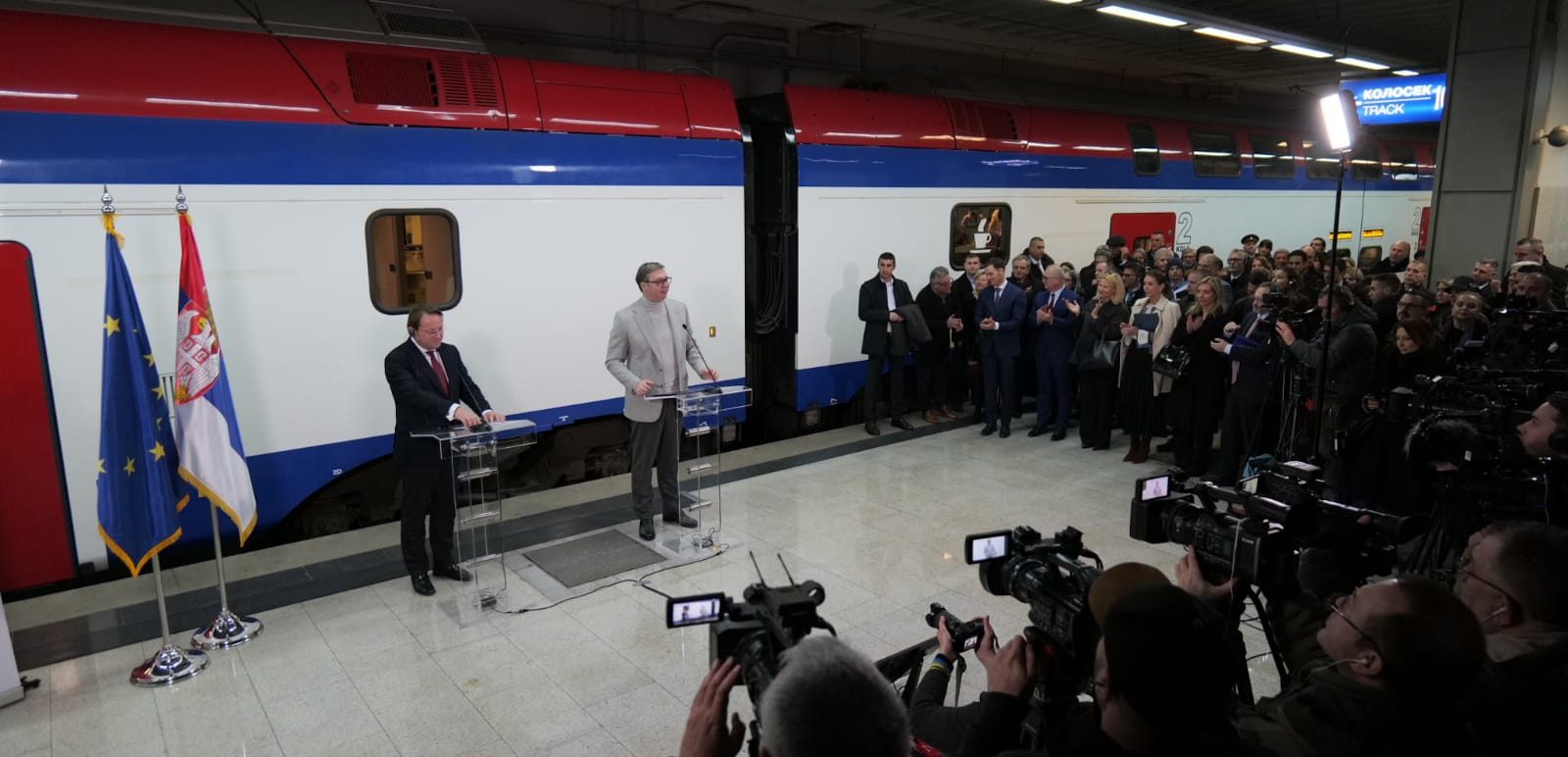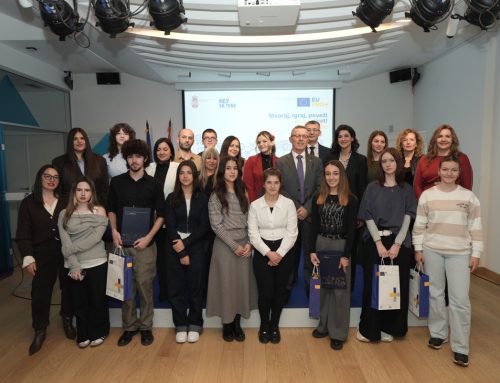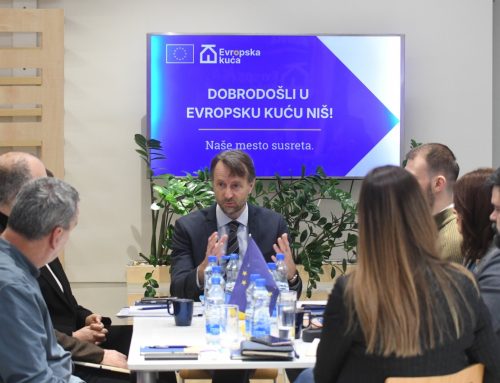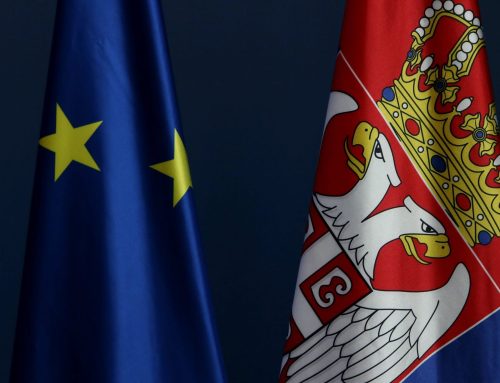€2.2 billion financial package for Rail Corridor X has been announced today between Serbia, the European Union, European Investment Bank (EIB) and European Bank for Reconstruction and Development (EBRD). The package supports upgrade of the Belgrade-Niš section of Railway Corridor X, which will allow fast train connection of up to 200km/h between the two cities enabling faster flow of goods and services as well as contribute to the speedy integration into the EU railway networks.
The package consists of an investment grant of up to €598 million from the EU – the largest EU grant donation for a single project in Serbia to date; a €1.1 billion loan from the EIB and a €550 million EBRD loan. The EU has already approved €265 million worth grants and the first tranche amounting to €82.8 million was sealed in a symbolical signature event onboard a train from Belgrade towards Niš.
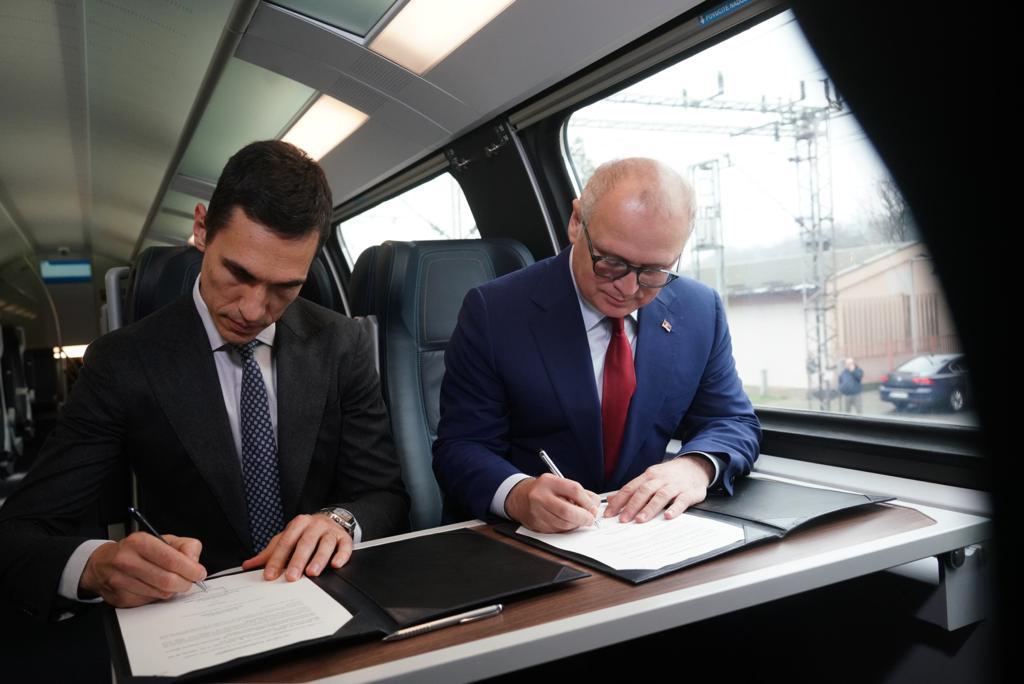
The signing took place in the presence of the European Commissioner for Enlargement Negotiations Olivér Várhelyi and the President of Serbia Aleksandar Vučić, together with the representatives of EIB and EBRD as well as Minister of EU Integration, Tanja Mišćević, Minister of Construction, Transport and Infrastructure, Goran Vesić and Minister of Finance, Sinisa Mali as well as diplomats of EU member states.
Railway Corridor X is one of the pan-European corridors connecting central Europe with Thessaloniki, Greece. It is part of the EU’s €30 billion Economic and Investment Plan for the Western Balkans which aims to mobilise investments in the areas of transport, energy, green and digital transition, to create sustainable growth and jobs reaching 1/3 of the GDP of the Western Balkans.
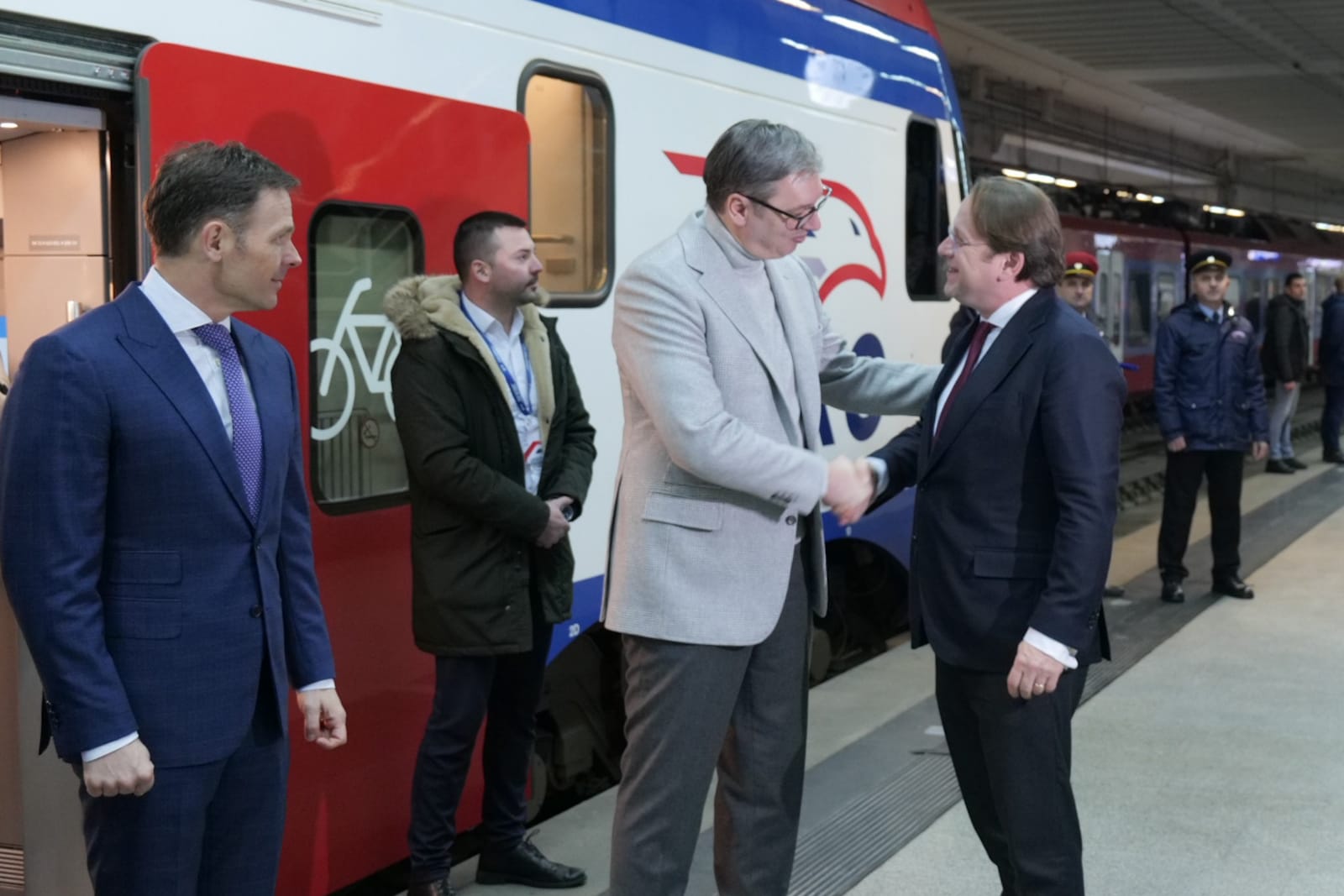
The European Commissioner for Enlargement Negotiations, Olivér Várhelyi stated:
“We have picked this project because this project is capable of changing the realities on the ground for the people of Serbia, for the people of southern Serbia, and with that, also for the entire region. Because this train should bring growth and jobs, this train should bring investments in areas where it is most needed – in the south of Serbia – but this should also bring a new Serbia and a new region.
The President of the Republic of Serbia, Aleksandar Vučić stated: “We are receiving EUR 610 million as a gift, out of a total of 2.7 billion. The biggest aid, the biggest support, the biggest amount of money. When we do this, Niš will be an hour and 40 minutes away from Belgrade, and right now you cannot get there by car in less than two and a half hours. When the railway was built in 1884, it took eight hours to travel, now it takes six and a half. Nothing has changed in 130 years. Now we are changing Serbia, with the help of the European Union.”
To date, the European Investment Bank (EIB) has invested over €1.2 billion in the rail sector, supporting regional cooperation and connectivity.
Commenting on the event, the EIB Vice-President responsible for the Western Balkans, Lilyana Pavlova stated: “As the Bank of the European Union, at the European Investment Bank, we are committed to provide support that is sustainable both for the environment and for our partners’ finances. That is why this partnership for the modernization of Railway Corridor X is at the heart of EIB Global. Thanks to the blending of our funds, grants and technical assistance from the WBIF and European Union’s Instrument for Pre-Accession (IPA), we have been able to bring this project off the ground faster and provide the most competitive financing offer.”
The EBRD has been one of the main financiers of Serbia’s rail sector, with more than €1 billion invested to date and ambitious plans to extend this support in future.
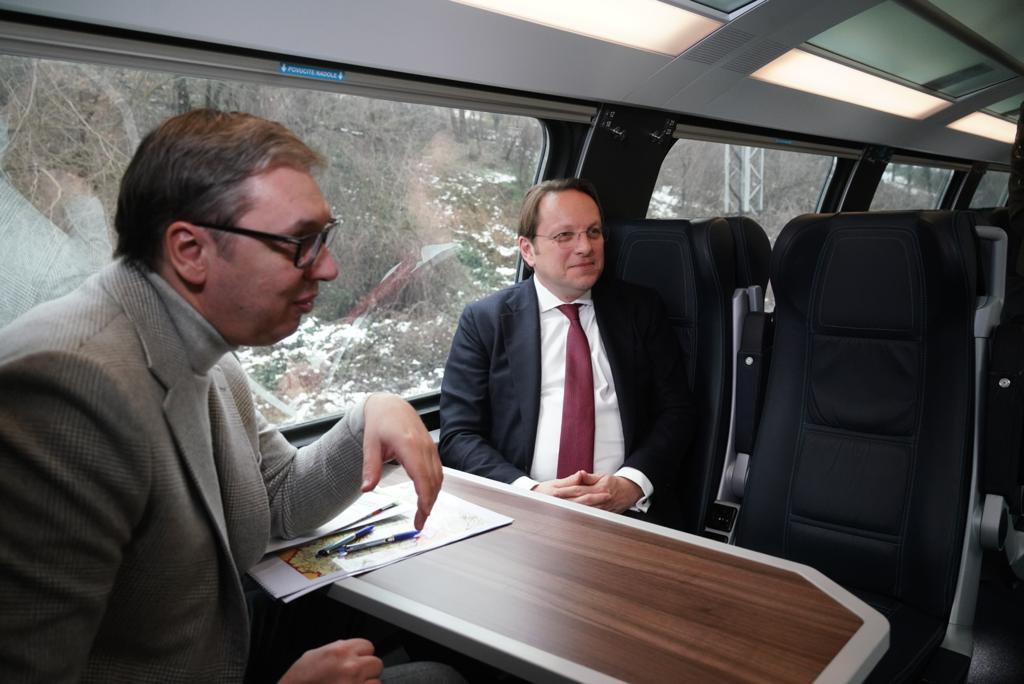
EBRD Director for Western Balkans, Matteo Colangeli stated: “Modernising rail infrastructure and making rail transport safer and more efficient is one of our priorities in the Western Balkans and a key enabler for the region’s economic development. We have a long-standing commitment to the Serbian rail sector and we are pleased to team up with the European Union and the EIB on this landmark project”.
The €2.2 billion financial package will enable a substantial modernisation of the railway infrastructure along the Belgrade-Niš section on Railway Corridor X, involving the construction of new bridges and tunnels, too. This modernisation will lead to the improvement of Serbia’s connectivity to other European rail networks. It will facilitate faster freight transportation services and significantly reduce the commuting time to both Niš and Belgrade. As railway transport is a clean way of transport, the modernisation of the railway system is also a contribution to a cleaner environment.
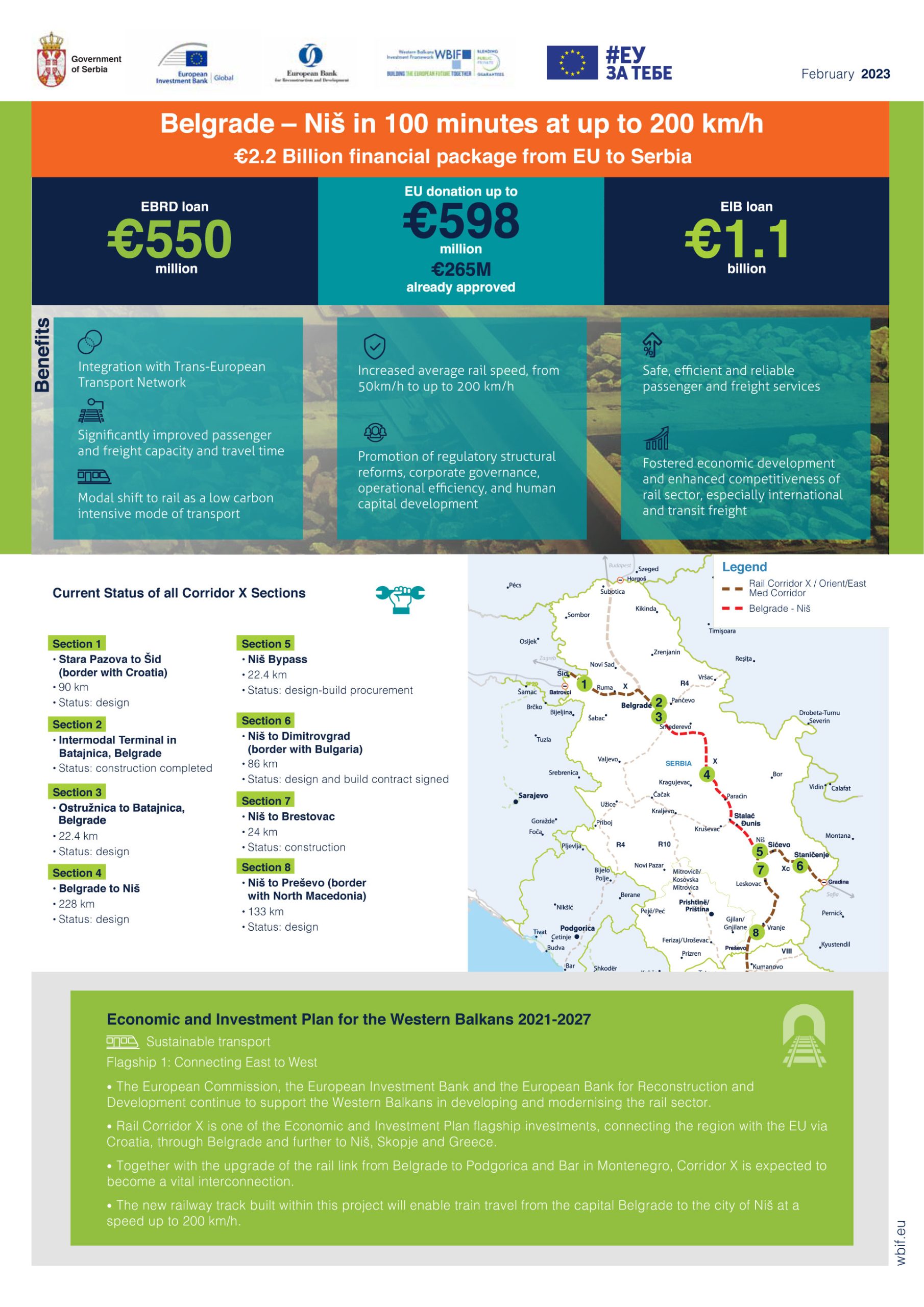
Projects in the transport sector funded by the EU in Serbia aim to improve transport connectivity, and thus better economic integration within the region and integration of the region with the EU. In addition, the efforts that the EU invests in the transport sector through these projects are largely focused on market opening and the implementation of the EU standards. Projects funded by the EU have significantly contributed to the railway reform process, the introduction of modern and most cost-effective road transport infrastructure maintenance practices.

